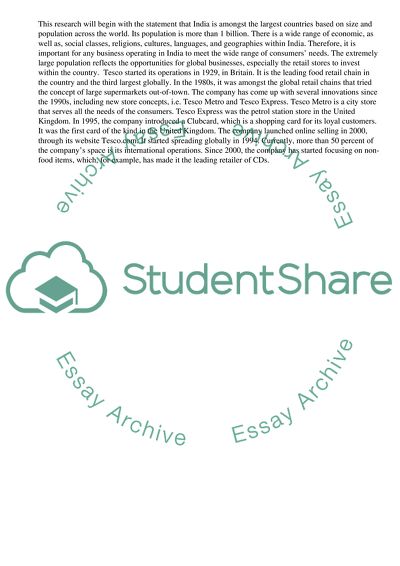Cite this document
(“Tesco in India Essay Example | Topics and Well Written Essays - 2000 words”, n.d.)
Tesco in India Essay Example | Topics and Well Written Essays - 2000 words. Retrieved from https://studentshare.org/management/1634997-tesco-in-india
Tesco in India Essay Example | Topics and Well Written Essays - 2000 words. Retrieved from https://studentshare.org/management/1634997-tesco-in-india
(Tesco in India Essay Example | Topics and Well Written Essays - 2000 Words)
Tesco in India Essay Example | Topics and Well Written Essays - 2000 Words. https://studentshare.org/management/1634997-tesco-in-india.
Tesco in India Essay Example | Topics and Well Written Essays - 2000 Words. https://studentshare.org/management/1634997-tesco-in-india.
“Tesco in India Essay Example | Topics and Well Written Essays - 2000 Words”, n.d. https://studentshare.org/management/1634997-tesco-in-india.


